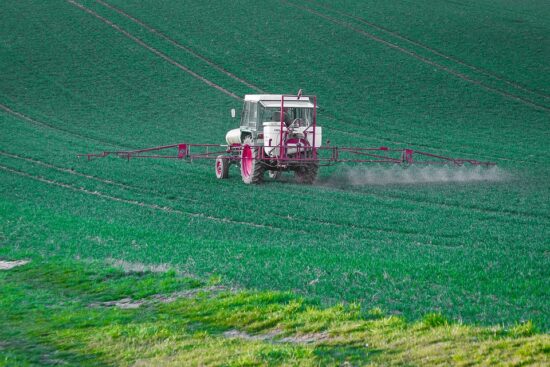From environment to clinic: the role of pesticides in antimicrobial resistance
Antimicrobial resistance (AMR) in pathogens has been associated mainly with excessive use of antibiotics. Most studies of resistance have focused on clinical pathogens; however, microorganisms are exposed to numerous anthropogenic substances. Few studies have sought to determine the effects of chemical substances on microorganisms. Exposure to these substances may contribute to increased rates of AMR. Understanding microorganism communities in natural environments and AMR mechanisms under the effects of anthropogenic substances, such as pesticides, is important to addressing the current crisis of antimicrobial resistance. This report draws attention to molecules, rather than antibiotics, that are commonly used in agrochemicals and may be involved in developing AMR in non-clinical environments, such as soil. This report examines pesticides as mediators for the appearance of AMR, and as a route for antibiotic resistance genes and antimicrobial resistant bacteria to the anthropic environment. Available evidence suggests that the natural environment may be a key dissemination route for antibiotic-resistant genes. Understanding the interrelationship of soil, water, and pesticides is fundamental to raising awareness of the need for environmental monitoring programs and overcoming the current crisis of AMR.
AMR NEWS
Your Biweekly Source for Global AMR Insights!
Stay informed with the essential newsletter that brings together all the latest One Health news on antimicrobial resistance. Delivered straight to your inbox every two weeks, AMR NEWS provides a curated selection of international insights, key publications, and the latest updates in the fight against AMR.
Don’t miss out on staying ahead in the global AMR movement—subscribe now!







